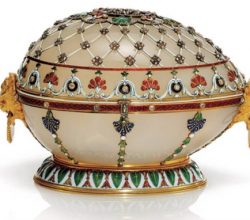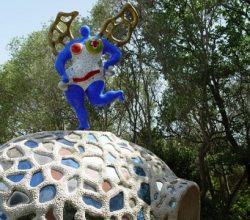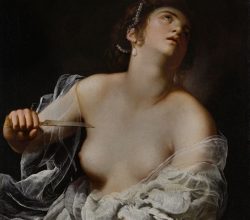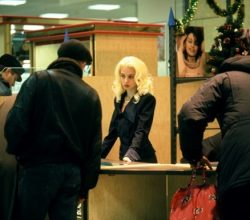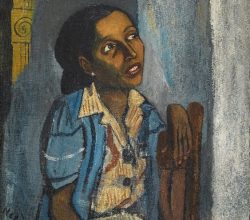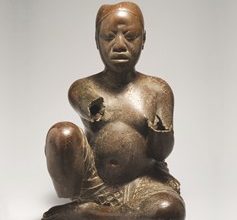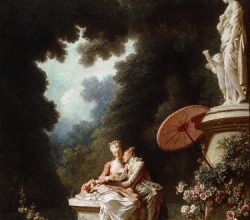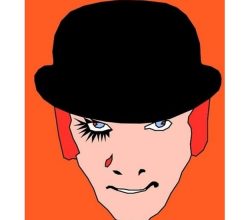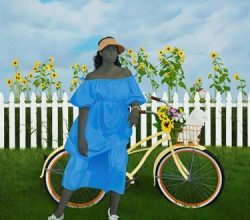
Waldemar Januszczak on identity issues in the art world
Waldemar Januszczak | Waldemar.tv | 5th April 2021
An English defence of identity politics in art. Women have spent decades pushing the art world for recognition. Now, people of colour are making similar demands. It’s “exhilarating” says this writer, because it is forcing art back to basics – “image-making, painting, storytelling”. That’s why figurative painting, especially that dealing with black lives, is currently so vibrant. Where does this leave art museums with collections that focus on white men? “In a bad place”.

